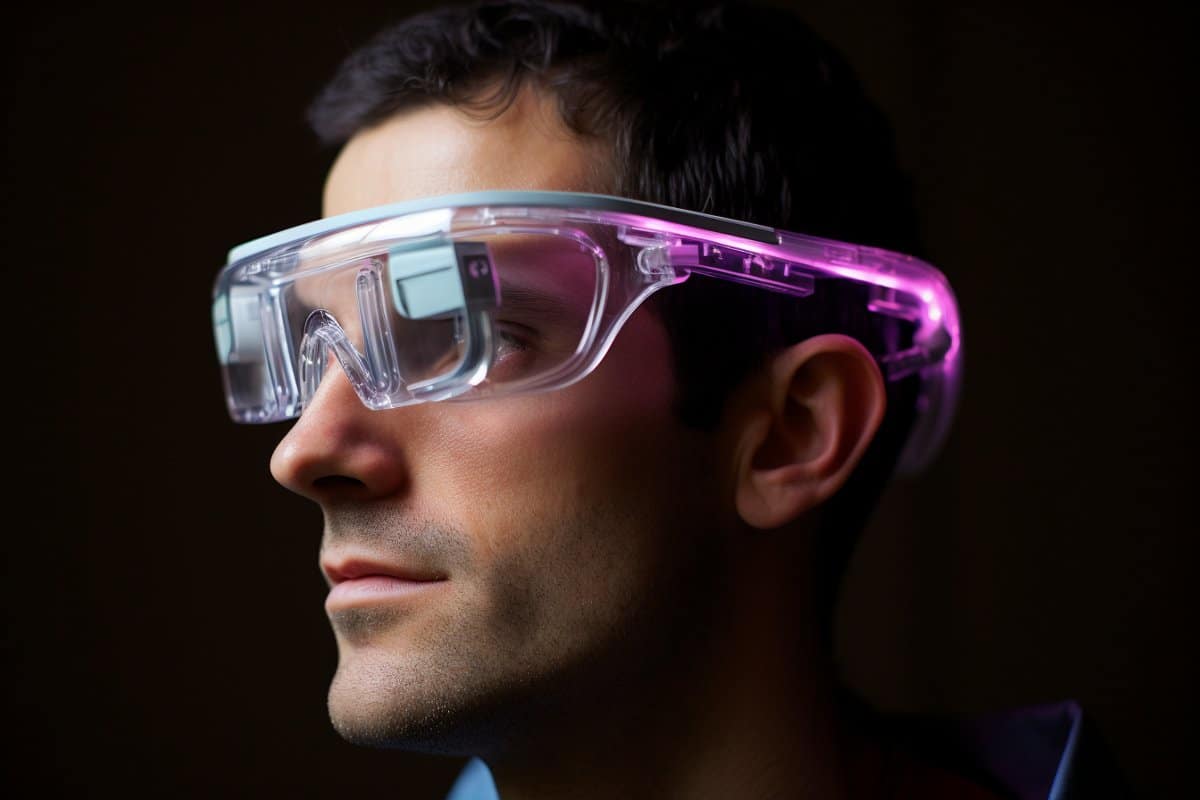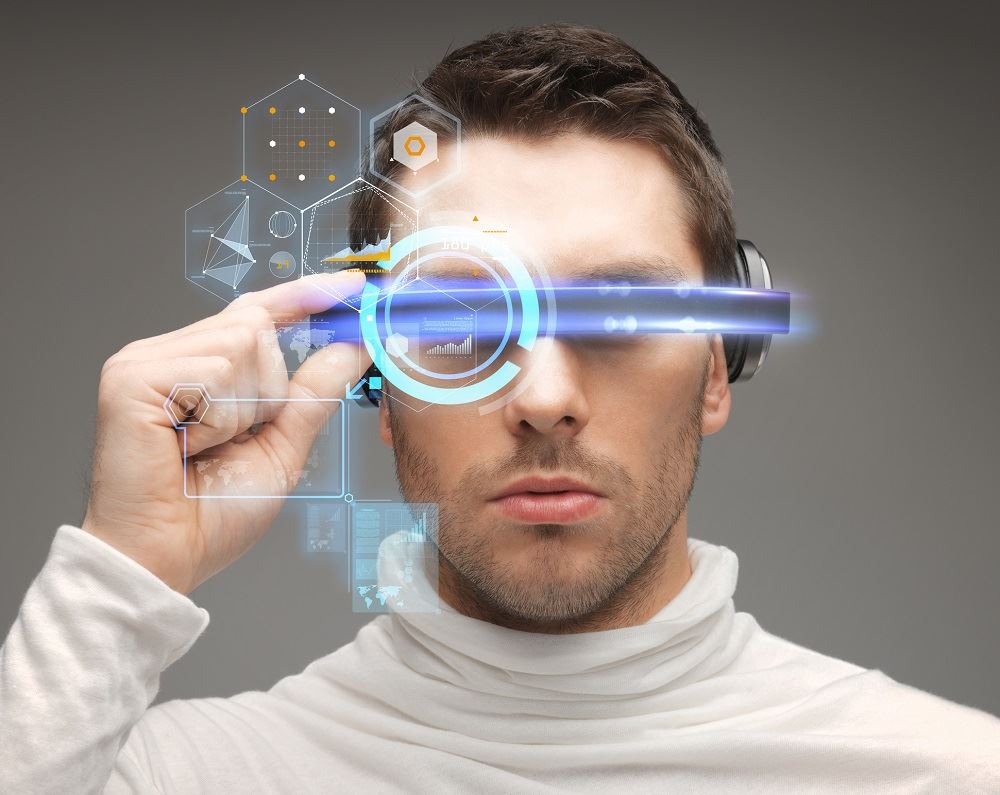Voice-Activated Assistive Devices: Empowering the Visually Impaired Through Innovation
Wiki Article
Empowering Independence With Assistive Modern Technology for the Blind
The integration of assistive technology for people who are aesthetically damaged or blind stands for a significant innovation in promoting self-reliance and improving quality of life. With a range of tools-- from display readers to cutting-edge tactile tools-- these technologies not just assist in navigating and communication however additionally advertise social inclusion and engagement in different facets of life.Understanding Assistive Innovation
Although assistive technology has evolved significantly throughout the years, its essential objective continues to be the very same: to improve the high quality of life for people with disabilities, especially those that are blind or visually impaired. This innovation incorporates a broad series of tools and tools that help with freedom and capability in daily tasks.Assistive modern technology can be categorized into low-tech and sophisticated options, each developed to satisfy particular needs. Modern tools typically consist of software program applications, specialized equipment, and adaptive tools that utilize sophisticated modern technology to provide assistance in different contexts. Alternatively, low-tech services may include day-to-day things that are customized to boost access, such as magnifiers or tactile markers.
The assimilation of assistive innovation right into the lives of people that are blind or aesthetically impaired not just advertises autonomy but likewise fosters social inclusion and involvement in instructional and specialist atmospheres. By leveraging these innovations, customers can navigate their surroundings, accessibility info, and interact properly, thereby improving their general top quality of life. Understanding assistive innovation is crucial for caregivers, professionals, and advocates that aim to sustain people in maximizing their potential and achieving higher freedom.
Kinds Of Assistive Tools
Assistive tools for the visually damaged and blind are vital devices that boost daily obeying dealing with certain obstacles encountered by customers. These devices can be broadly classified right into three main types: optical tools, electronic devices, and sensory tools.
Sensory tools, such as Braille display screens and responsive maps, provide alternate means to receive info. Braille displays convert digital text right into Braille, making it possible for individuals to check out touch. Responsive maps provide spatial understanding with raised structures and lines, permitting much better ecological recognition.
With each other, these assistive gadgets empower people with aesthetic problems to engage even more fully with their surroundings, advertising greater independence and self-confidence in day-to-day tasks.

Influence On Daily Life
The assimilation of assistive technology right into the day-to-day lives of individuals who are blind or aesthetically damaged significantly improves their capability to connect and navigate with the world around them. Gadgets such as display visitors, Braille presents, and mobile applications facilitate accessibility to information, permitting individuals to involve with electronic content, connect properly, and take care of day-to-day jobs separately.Furthermore, technologies like smart glasses and navigating apps give real-time support in unknown atmospheres, boosting wheelchair and confidence. These tools enable individuals to identify challenges, reviewed indicators, and also recognize faces, therefore cultivating a sense of autonomy in public spaces. In addition, home automation systems, which can be controlled with voice commands, permit individuals to handle their living environments better, enhancing convenience and safety.
The effect of assistive technology extends beyond sensible tasks; it promotes social incorporation and emotional health. By connecting the void in between individuals and their surroundings, these modern technologies empower individuals to get involved fully in area activities, seek instructional opportunities, and take part in meaningful partnerships. Ultimately, the website here innovation of assistive modern technology contributes in redefining the possibilities for people that are blind or visually impaired, causing an extra comprehensive and easily accessible society.
Success Stories and Reviews

Another effective review originates from Mark, a recent college graduate that made use of display reading software program throughout his academic trip. This modern technology allowed him to access course products and get involved in discussions, eventually causing his successful transition right into the labor force. Mark credit reports assistive modern technology for empowering him to attain his career goals, highlighting its function in leveling the having fun field for people with visual disabilities.
Furthermore, recreation center have reported raised engagement in their programs many thanks to the introduction of available digital systems. These systems have actually made it less complicated for individuals to attach, share sources, and support one an additional. These success stories jointly underscore the profound impact of assistive innovation in fostering self-reliance, boosting high quality of life, and breaking down obstacles for the blind and visually damaged neighborhood.
Future Fads in Assistive Tech
Emerging modern technologies are poised to reinvent the landscape of assistive tech for individuals that are blind or visually damaged. Advancements in expert system (AI) and device discovering are boosting the capabilities of gadgets, making it possible for more instinctive customer experiences. As an example, AI-driven applications are progressively able to recognize items and review message aloud in real-time, supplying customers with valuable information regarding their environments.In addition, innovations in wearable modern technology are producing new chances for self-reliance. Smart glasses furnished with augmented reality attributes can overlay essential information onto the user's line of vision, promoting navigating and interaction with the environment. The integration of Web of Things (IoT) tools is improving accessibility in smart homes, permitting individuals to regulate home appliances and receive notices with voice commands or tactile user interfaces.
The development of braille screens helpful resources and tactile responses systems is also on the surge, promoting accessibility to digital content and boosting communication. As these modern technologies continue to progress, they promise to boost daily living, instructional opportunities, and employment leads for people with aesthetic disabilities. Continual collaboration between technologists, individuals, and campaigning for groups will be essential in making certain these advancements meet the requirements of the neighborhood effectively.
Conclusion
Finally, assistive technology plays a critical function in improving the independence of people that are blind or visually impaired. By supplying essential tools and resources, these innovations assist in improved navigation, gain access to, and interaction to info, therefore fostering freedom and confidence. The transformative impact of assistive devices not only promotes effective interaction with the environment but also motivates social addition and participation in various aspects of life, inevitably encouraging users to thrive within their areas.The assimilation of assistive modern technology for people that are aesthetically damaged or blind represents a substantial innovation in cultivating self-reliance and enhancing quality of life.The integration of assistive technology right into the lives of individuals who are blind or aesthetically hindered not only advertises freedom yet likewise fosters social inclusion and engagement in professional and instructional settings. Ultimately, the innovation of assistive modern technology is critical in redefining the site link possibilities for individuals who are visually damaged or blind, leading to a much more inclusive and obtainable culture.
Numerous people who are blind or aesthetically impaired have shared motivating success stories that highlight the transformative effect of assistive modern technology on their lives.In conclusion, assistive modern technology plays a pivotal role in boosting the self-reliance of individuals who are blind or aesthetically impaired.
Report this wiki page